Reflecting Back on 50 Years

Reflecting Back on 50 Years
Founded in 1974, Glass Growers Gallery is proudly celebrating its 50th anniversary. As owner for the most recent 3.5 years, I, Emily Ernes, sat down with former owner of nearly 47 years, Deborah Vahanian, to reflect back on her experience at this major milestone. We had a warm, sentimental conversation where we shared a sense of gratitude for the artists and community who have shown up and surrounded GGG with their love and care for half a century.
Emily: Can you tell me the story of when you decided to start GGG 50 years ago?
Deborah: I had been living in Los Angeles at the time and came back to visit Erie before going to study in England. My brother took me out to dinner and then we went to the Erie Art Center to see Donna Nicholas‘s show. That’s where I met John Vanco and John Vahanian. I told John Vahanian, both Johns know, that on that first meeting I was flirting with John Vanco. I had this really wild hair and was this hippy-looking chick from LA, so they were fascinated with me. But then John Vahanian asked me out and we went out and started seeing each other often.
When I decided to stay in Erie longer than originally planned, I needed to get an apartment. I was staying with my mom and I had Melissa, my little girl, and all of my belongings that I had been planning to sell. John started sharing with me that he is a sculptor and creator and that he wanted to have a show place to display his kinetic sculpture and the terrariums he was making. I said, “This interests me… let me help you get this together.”
I had studied business principles with 2 of the physicians I worked for in LA. I started asking John questions about his goals, costs, and how everything would work. I didn’t know the name at the time, but I helped him develop his first business plan. We had the support of a friend of his, Maurice Cohen, who guided us and looked things over to give feedback. We found this place that we could rent for $100 a month that hadn’t been lived in for about 40 years. It was creepy inside. We went in and cleaned everything out and tore walls down to create the space we envisioned. So, that’s how it started, as an intention to re-create an old storefront into a gallery.
Emily: If you had the chance to time travel and talk to yourself in 1974, what would you share about this 50 year journey?
Deborah: What would I say to my younger self? I would say don’t lose faith in your ability, don’t question it. Because you do well, and you do marvelous things and you build a relationship with the community and you contribute to other peoples’ lives. I would say keep doing what you’re doing and don’t lose faith. I think I’d also say to show gratitude more. Be more grateful for the people who come to help you, for your staff, for the artists. Celebrate them more.

Emily: What was it like moving between GGG’s 3 main locations? What were the high points and challenges of each?
In 1980, we saw the building at 7th and Holland because my mother lived at 7th and German and we used to walk around the block Sunday before dinner. John Vahanian used to appreciate the finial at the top of the building. Eventually we let Harry Martin, an Erie attorney who was housed at the old Jones School across the street from 701, know that we were looking to move from 2nd & Plum. We wanted to still be bay rats and to be dedicated to downtown Erie. People thought we were crazy and that we should move to the mall.
We had looked at the building that eventually became Pufferbelly and had many dreams and aspirations for the space. I got a call from the mayor’s office inviting me to come in for a meeting with the mayor. He said, “Debby, you know that building you want, the engine house? You’re not getting it. We need Pufferbelly to move in from Cleveland to give us a high class restaurant downtown.” And I said, “Well, okay then… I guess we will keep looking.”
We looked at a building down on the dock. My bankers came and said “Debby, what are you going to do when it’s freezing and you get flooded or people can’t access you during the winter?” We didn’t have the same infrastructure we do now. We spent a lot of time developing our plan for that building, which was owned by a trucking company head who lived out in Westfield. We tried to negotiate with him to get a good deal but it didn’t work out.
We were always keeping our eyes open for opportunities because we knew we needed to move. We had taken 2nd and Plum and the studio that John had there and renovated it into a small gallery. That was a nice accomplishment and it required a loan. I was building my relationship with my banker and paying my bills so I could build a good financial foundation. So we continued looking after those two locations fell through. Harry Martin called one day and said he heard we were looking and that the church building was going to go for $13,000. We had some friends at Odyssey Builders who came by and gave us a quote for renovations and then we decided we could do it. So we borrowed $120,000 to put into it. That was how we created the version of 7th & Holland from 1982 when we moved in and had a big celebration to the time of the fire in 1988.
The fire in 1988 was so devastating and it happened in the middle of the night. It’s a long story, but we had a choice to either rebuild it or take the money and go… There were so many artists helping us the day of the fire and the day after the fire. It was phenomenal. There was so much food and it was the headline of the newspaper. We didn’t realize we made this kind of an impact on the community. So we decided to rebuild and we ended up reopening that location. We had a choir singing and different people speaking. It was a 2-day process. Before it all started, we were going to cut the ribbon. They blocked off Holland Street and the mayor was there and downtown representatives and there was a podium outside and my brother Joe was in charge of the ribbon. I was looking around and said to Joe, cough, cough, “Where’s the ribbon? I don’t see it on the building” And he said “Look out” and he had wrapped all around the crowd. Because the arts are not about buildings, about brick and mortar, they’re about the people.
In 1993, John and I separated and in 1999 we got a divorce. And it was like King Solomon chopping the baby in half. It was so hard and what was most difficult was that I started working for a corporation in Pittsburgh and I wasn’t available to take care of everything Glass Growers required. You know how much it takes and how it requires your presence. We had this whole huge upstairs and I was doing some large-scale shows, as you’ve seen, and it got to the point where I just couldn’t physically take care of the place. So I said, “Okay, I’m going to pay $75,000 in this settlement and then I get nothing other than the business.” The current location is where I moved temporarily when we had the fire. John Vanco said that, if I liked the space, he would help me to renovate it and then we could move back there. So I decided to move forward with relocating to 5th & State in 1999.
When I negotiated for that space, it was a place where a friend of ours had previously set up a printing shop. It was actually the first firehouse of Erie. When I talked to John Vanco originally, it was the whole space that went all the way to the back wall and the stairwell wasn’t there yet. When the stairwell was added, it took out a big chunk of display space. We had to be malleable and inventive to make it work in a much smaller space. We had a store location at the mall for a short period of time, from 1993-1996, and then I went out to Village West for a time as well. So we had a lot of fixtures from those locations and my friend Tim Benson helped me to design the space so that we could recreate the Glass Growers feel and incorporate those fixtures.
What was beautiful about the transition from 7th & Holland to 5th & State is that we made it a ceremony. There was a dining room table that was still left at the gallery that was painted by an artist from Buffalo. So we all stood around it and I did this big speech and ceremony about leaving this table and going to another. Everybody had a bouquet with them so we took the bouquets and the group of us, 15 or so people, walked over to the new location on 5th Street. We walked over there and we had a party. I had a big bowl and I said “Take your flowers and throw them in there” and they became the potpourri that we used to scent the place for the next year. It was always that kind of continuum, if you feed it with good energy it’s going to keep going.
At the current location on 5th & State, being next to the art museum has been crucial for us because we share audiences and we support each other. I wasn’t simply piggybacking on their popularity, we shared a lot, and I gave them frame shop business as well. So it was a good relationship and we felt comfortable with each other. Over the years, we’ve trusted each other and both benefited from it.
Emily: How has the Erie arts scene evolved since you first opened your doors?
Deborah: The Erie arts scene has definitely evolved. When we first opened our doors, we felt like we were one of the only galleries around. There were minimal little pockets around the city. There was a gallery on State Street run by Ron Ratliff where we met to start NPAA and that was my main competition. The Sundbergs had a higher end gallery at the time. I was using the concept of a gallery to educate and inform every step of the way.
When we got to 7th and Holland, there was much more public awareness of art spaces and then Campbell opened his studio and built awareness there. Other places were added to the mix, certainly Kada Gallery and there were still these pockets but they were growing and more artists were coming onto the scene and also coming in from a little further away. In 2001 or so, we formed a gallery association with the gallery downtown, jewelry store, Urraro, and several others. It was important that we had a plan for our gallery events and shared in marketing and paid attention to how we marketed. I took the lead and it was a lot of work to design and coordinate everything and, although they had input when we met, the other galleries felt like they had a little less control. Vanco said “Hey, this should be my job, so let me take this from you.” So you can see how the synergy occurred because the gallery association transformed into what is now gallery night. I don’t know that the public knows about that history and the role the galleries at that time played in this lasting legacy. In that process, I adopted a philosophy that I’ve found successful over the years that instead of being competitive you can be inclusive.
The popularity of First Nights and how much fun we had planning scavenger hunts and engaging activities also showed that we should be much more connected to the community. I saw Glass Growers at 7th & Holland as, rather than an island destination, an oasis. That whole concept led to a philosophy of reaching out to the community.
Emily: I completely agree, I believe in collaboration and think that there is room for us all to thrive in this small city. Thank you for all of the work you put in early on to build the awareness and recognition of the gallery community. The more artists and artwork in our community, the better!
Emily: What do you think is unique about owning a business in Erie, PA?
Deborah: There were times when we thought, what are we doing in Erie? Why don’t we go to Pittsburgh, Columbus, maybe Cleveland? Our mentor was in Cleveland so we didn’t really think of that as seriously. But, every time we would go visit we would think “No, let’s make Erie the hub between Buffalo, Cleveland, Pittsburgh.” We saw ourselves as the hub that makes the wheel spin.
Emily: What have been some of the most memorable exhibitions or events held in the gallery over the years? Are there any specific exhibits that have left a lasting impact on you personally?
Deborah: There were so many! For me, I think the crème de la crème was Judy Chicago’s The Birth Project. It was amazing. And then Women in Transition. It was a beautiful show. I had people that would come up there and stay and cry. It was a powerful exhibition, very moving. One fun one that I can't believe we managed to pull off was when we got all of the animals off of the merry-go-round at Waldameer before they sold them and displayed them for a Carousel Show.
The first show we had at 7th & Holland was the Joseph Plavcan student show. Joe Plavcan was a friend of ours and teacher of John’s, very close. We would hang out in the studio together. To exhibit the work of his students was really a test for me of investigation, trust, and intuition coming together at a time when I was also moving and overseeing the reconstruction and figuring out merchandise. Finding all of the people I found was incredible and they had a big range, there were animators, illustrators, painters, and more that had all been students of Plavcan.
The quilt shows were huge for me. They weren’t the traditional quilts, they were very avant-garde. I aligned myself with the Quilt Barn in Athens, Ohio, which hosted a traveling show every 2 years. Instead of hosting the same show, I asked for their mailing list and reached out to all of the artists involved. We hosted a number of invitationals and it was very interesting bringing in artists from all around and handling a wide variety of pieces.
Emily: What do you believe has been the key to the gallery's longevity and success?
Deborah: In the arts you’ve got to be forward-thinking, you’ve got to be fast on your feet, and you also have to take time to smell the roses. And that’s a tricky balance, but it’s necessary. So yeah, sometimes sitting in that store, all by myself, I’d think “This feels good” and take a step back to appreciate the artwork. Sometimes it would be 10 o’clock at night and as long as you have someone at home who is understanding, it’s great. A big part of my success is because I had a family that supported me and helped me. It truly takes a village. Trusting others and giving up some control goes a long way. When you’re responsible, I would always remind myself, you want some of that control because you care and you have certain standards you want to meet. When you’re comfortable with achieving those standards, it reflects on the environment and the experience for everyone else around you.
All of the things I shared before, having that connection to the community. Being dedicated daily. That devotion and having faith in yourself, which is taxed at times, but is really crucial. My goal was to be the best, in every way I could, and if I got to that place of being the best, not to feel arrogant about it but to be humble. That combination, I think, has been the key to the gallery’s longevity and success. And certainly family and staff involvement. There are so many components and people involved that have become like my family.
Emily: Do you have any notable stories or experiences from your time with GGG you’ve been thinking about and would like to share?
Deborah: It is only fair to bring this up about my children, because they were very involved. After dinner, they would ask “What are we doing tonight?” and then we would say, “We’re going back over to Glass Growers! We’re unpacking this evening.” They got to the point where they didn’t like unwrapping presents because they spent so much time over there unpacking things with me. They were a big help. Our friends were artists and we were often spending time with them and the girls all grew up with the arts as a big part of their lives.
Emily: What shifts or trends did you see in the types of artwork and artisan goods that customers have been interested in over the decades? Is there something you would like to see reemerge?
Deborah: Well, the first thing I think of to answer that complex question, is that the trend generally-speaking across the country is that younger generations want something more contemporary, non-objective, inventive. Something that makes them think and is not just a landscape. But now I’m seeing with some of the appraisals that I’ve done a little shift back to the identifiable, the comfortable, the familiar.
I think about my own collection of things and I really appreciate the fact that I have things that are handmade and have stood the test of time. Having the functionality of those goods and not just a decorative aspect is important. I’d like to see more pottery reemerge that is handbuilt or thrown. Larger serving pieces and things like that. To have those unique pieces is really special.
Emily: What legacy do you hope GGG leaves behind in the Erie community?
Deborah: That we contributed to the well-being and the culture of the area. That it positively affected the lives of artists and that it inspires people to want to support and contribute to the culture of the region because that’s where the personality of the city lies.

Emily: What advice do you have for me at this milestone and as we seek to carry GGG into its next 50 years?
Deborah: Empower people to participate in the arts and encourage people to find their creative selves. It’s good to do and to support that development and it leads to greater appreciation for the artwork they buy from the gallery. I would have to really meditate on the ways to relate to technology as it is a part of our world today- whether to move closer to or farther away from the digital space. I often try to figure out ways to embrace change and see the opportunity in it.
_________________
Deborah is also a brilliant writer and, following the interview, we discussed several of her recent writing projects. She is certified by the Pacifica Graduate Studies Program as a memoirist and is working on her memoir, a younger reader's book, and a compilation of letters to her grandchildren. Following a period of living and traveling up and down the west coast and in Costa Rica, she and partner Ed Grout moved back to Erie, PA, where they have been able to join us in our 50 year celebrations.
I am grateful to Deb for her incredible insight and the gumption it took to build Glass Growers into the community staple it is today. I am also grateful to her for giving me the confidence and information to take the leap of faith in assuming ownership at an uncertain time. She is truly a force and her leadership has made a positive impact on countless lives. Her outstanding impact on the Erie arts community will be felt for many years to come.
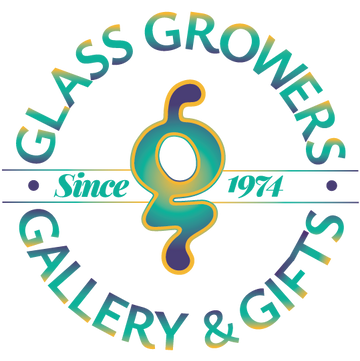


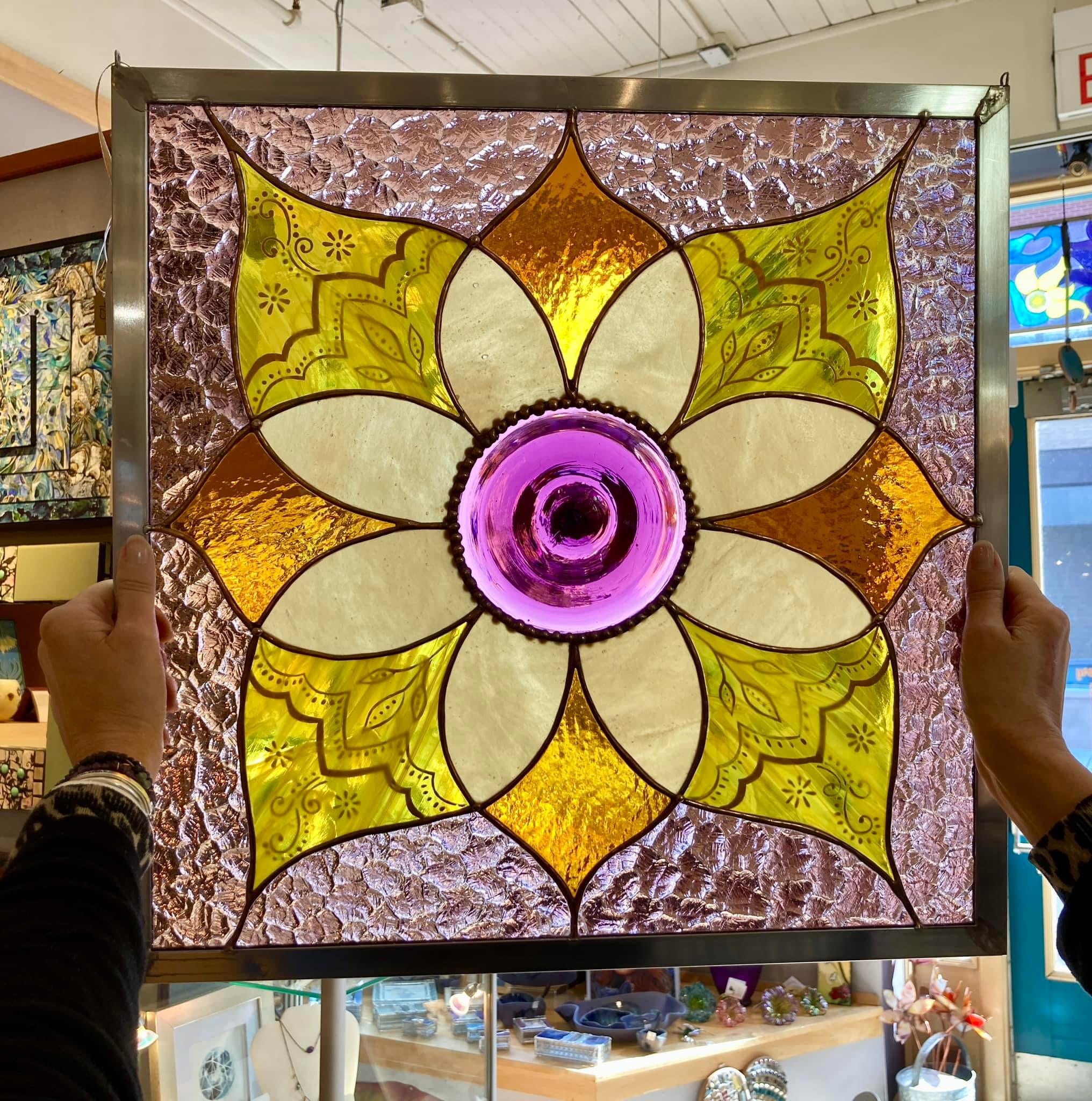
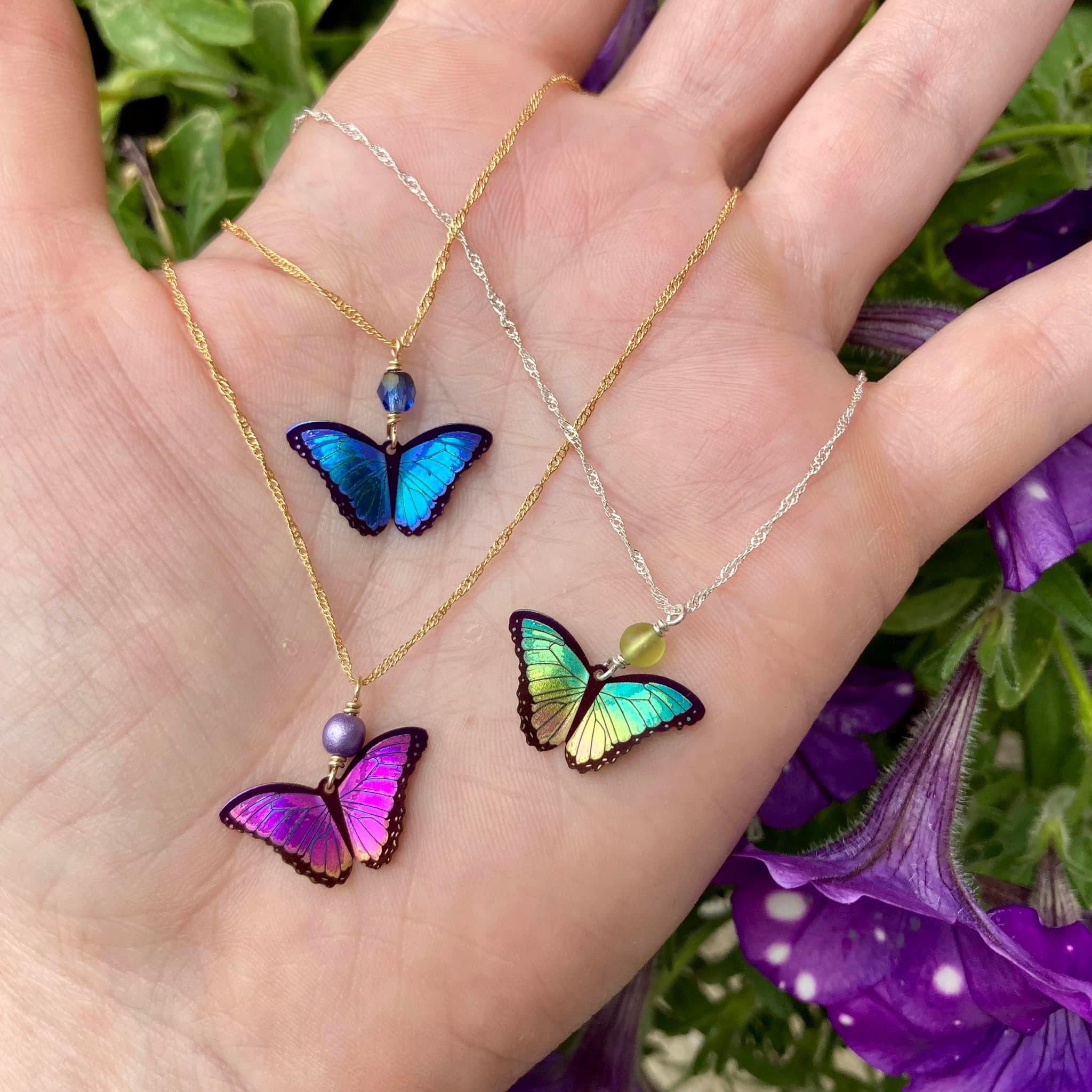


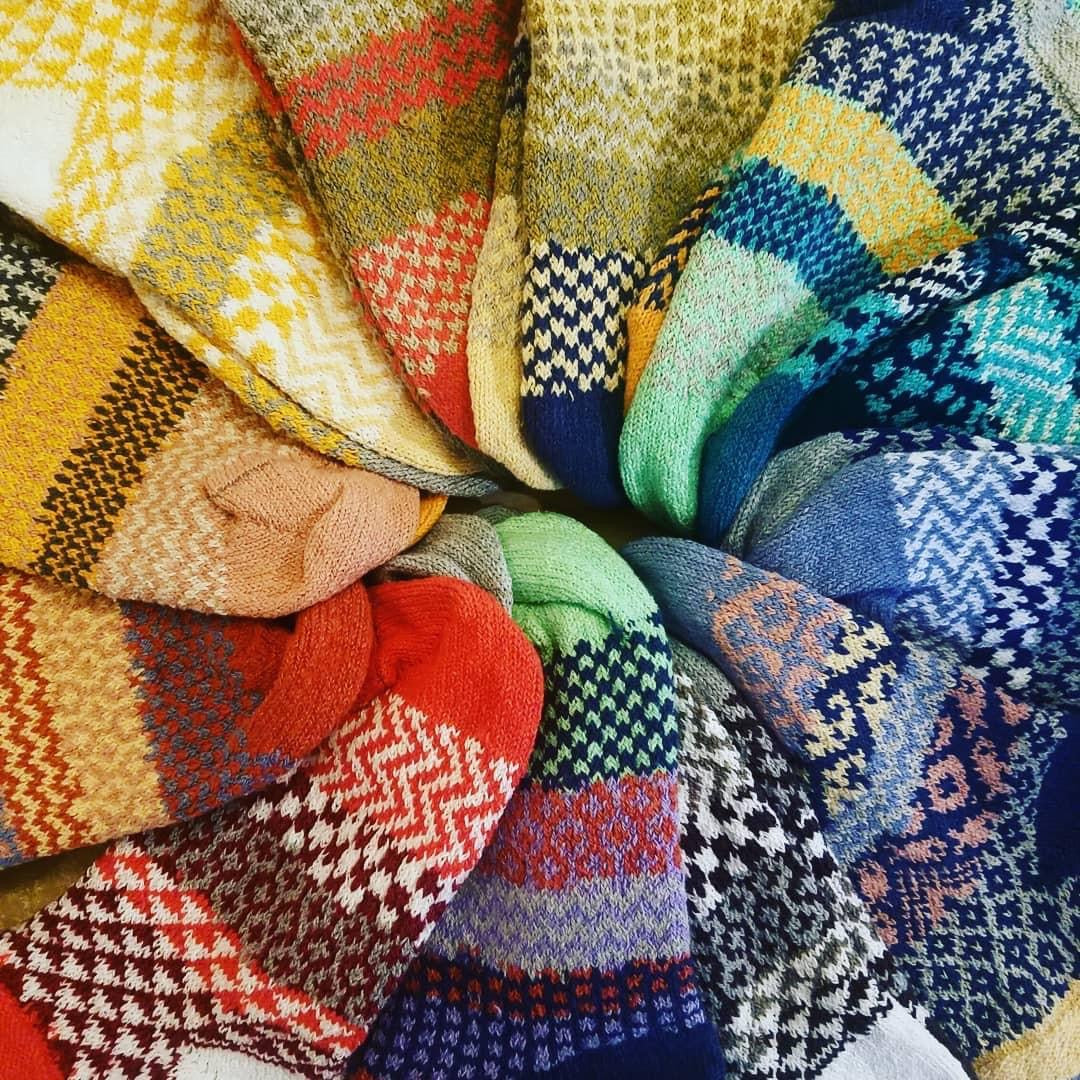
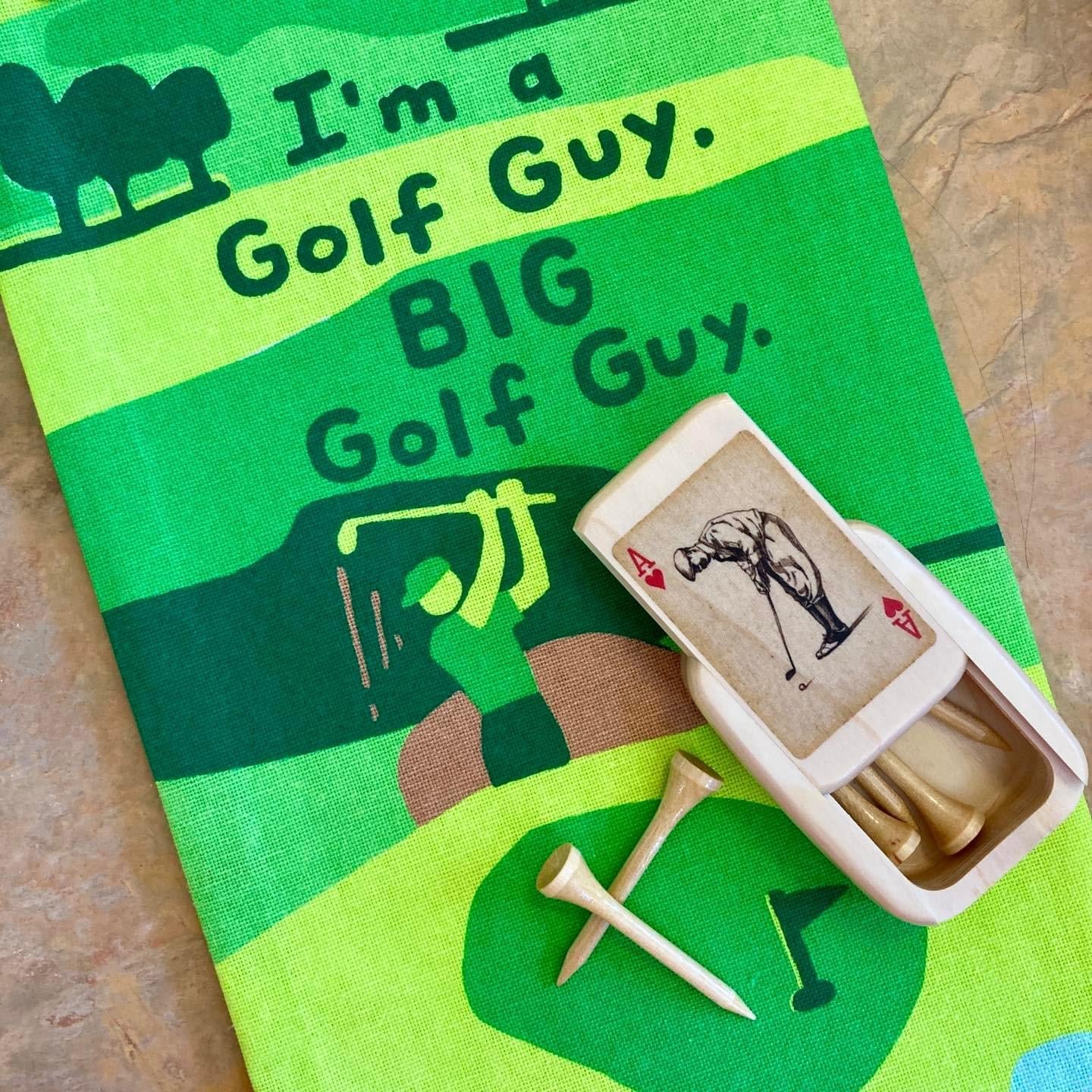

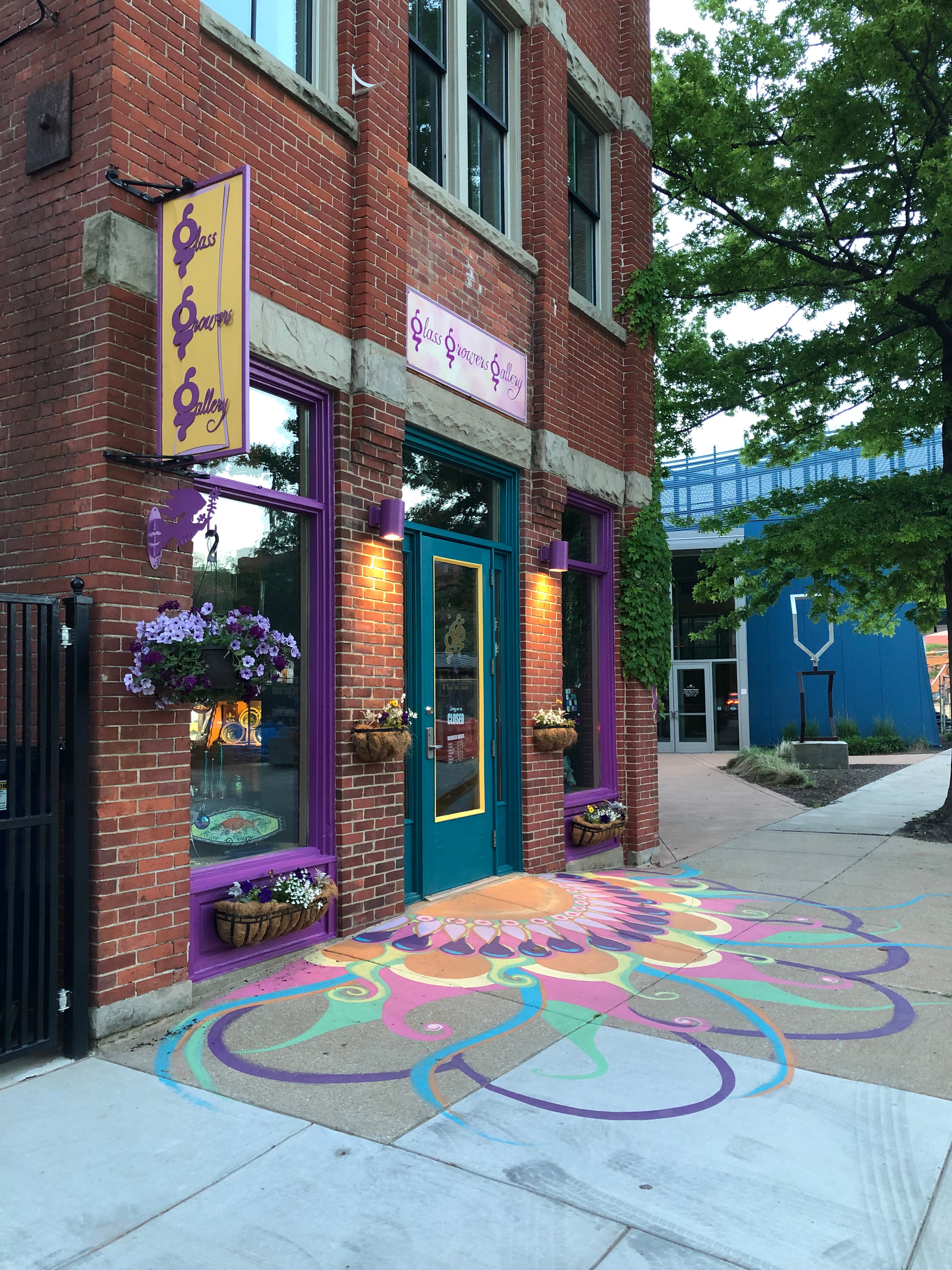
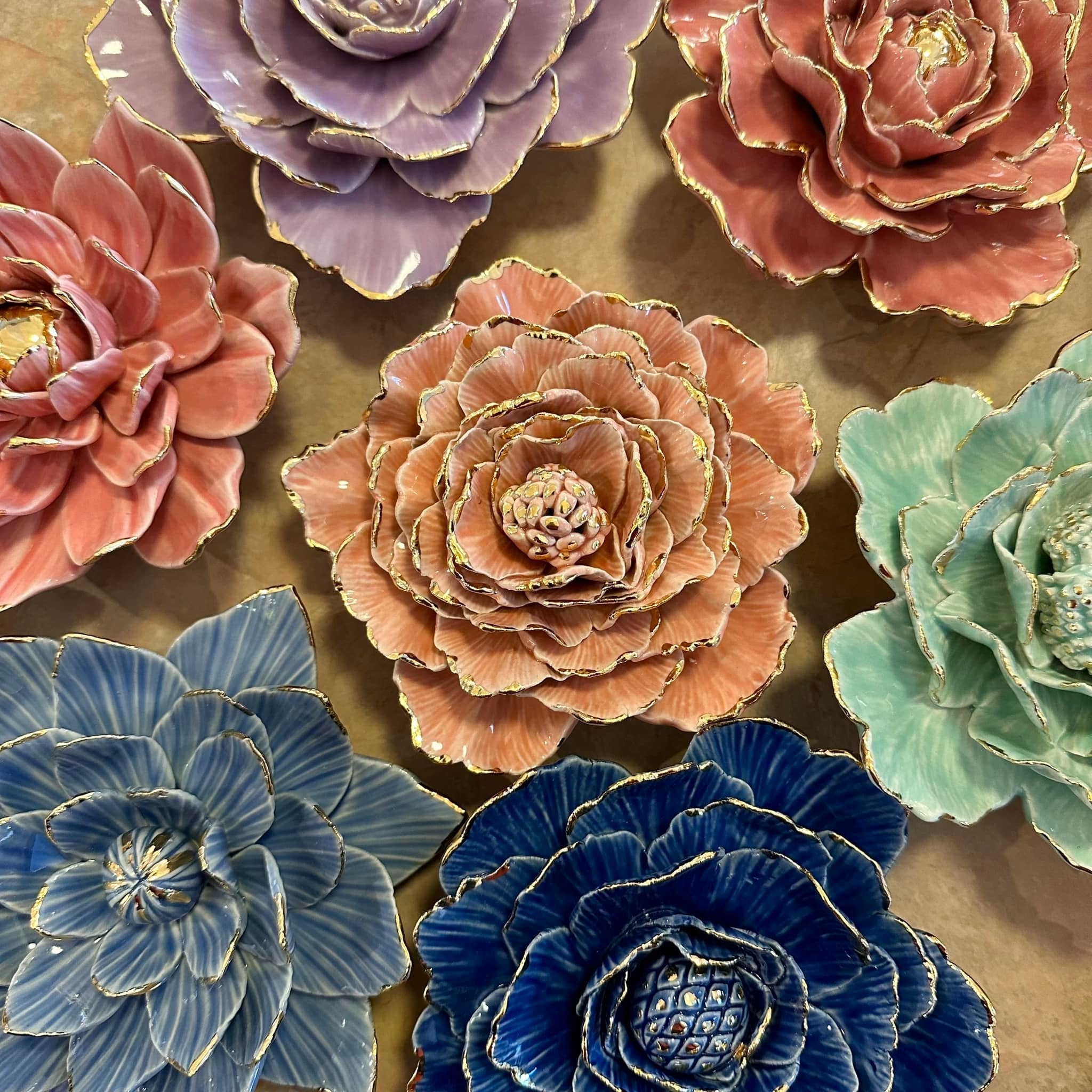
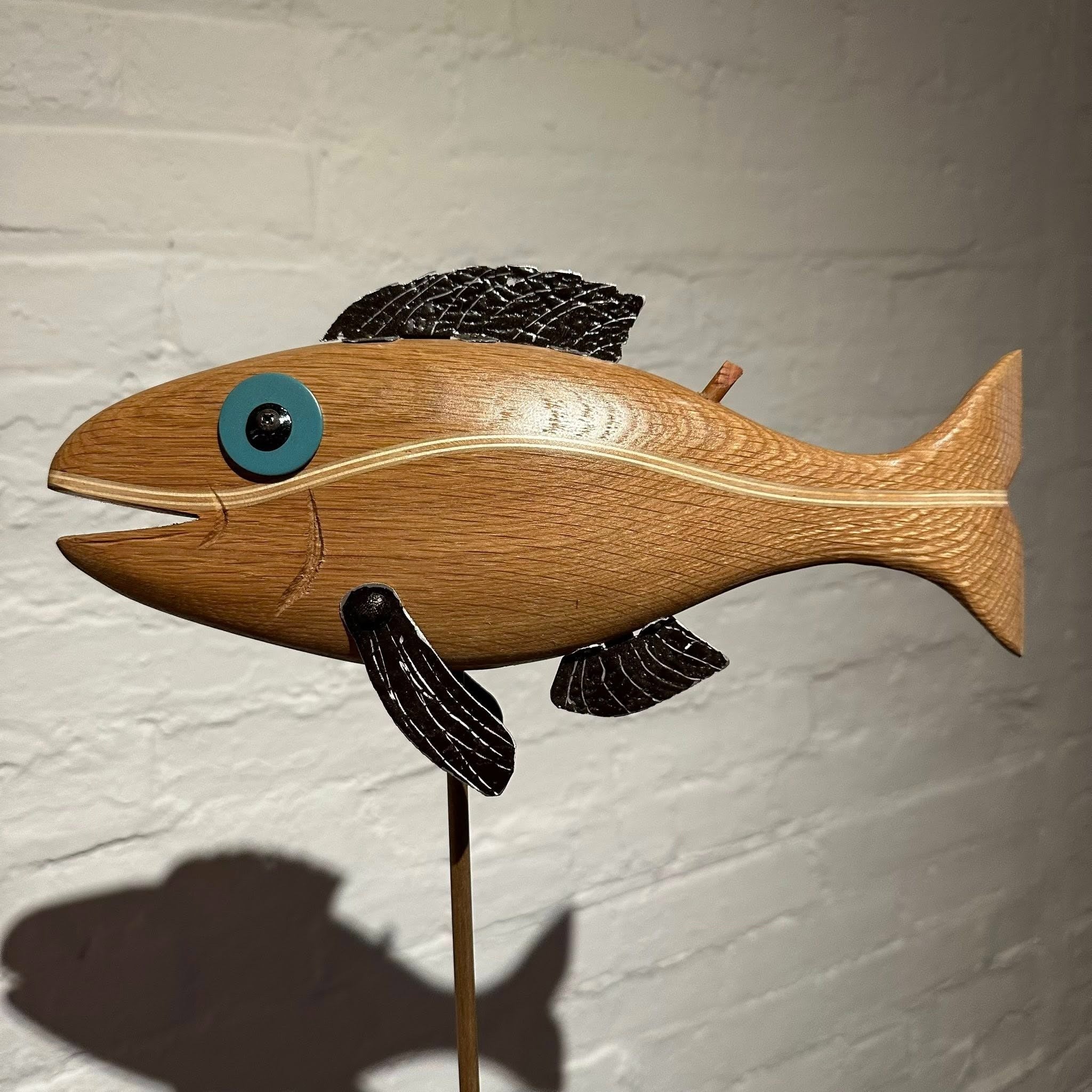


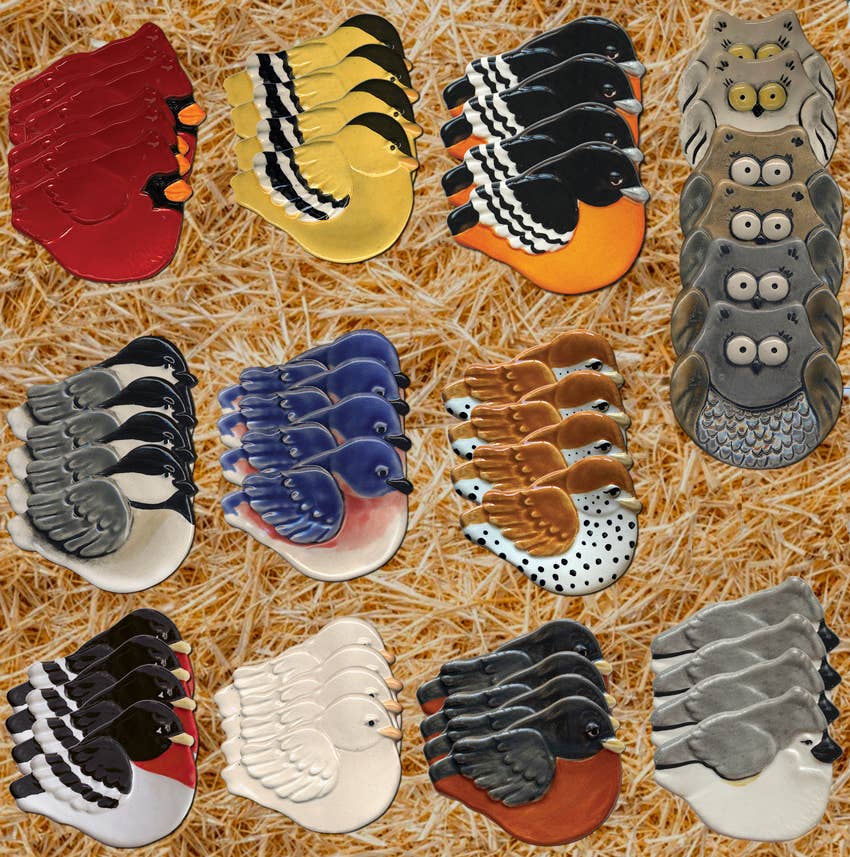
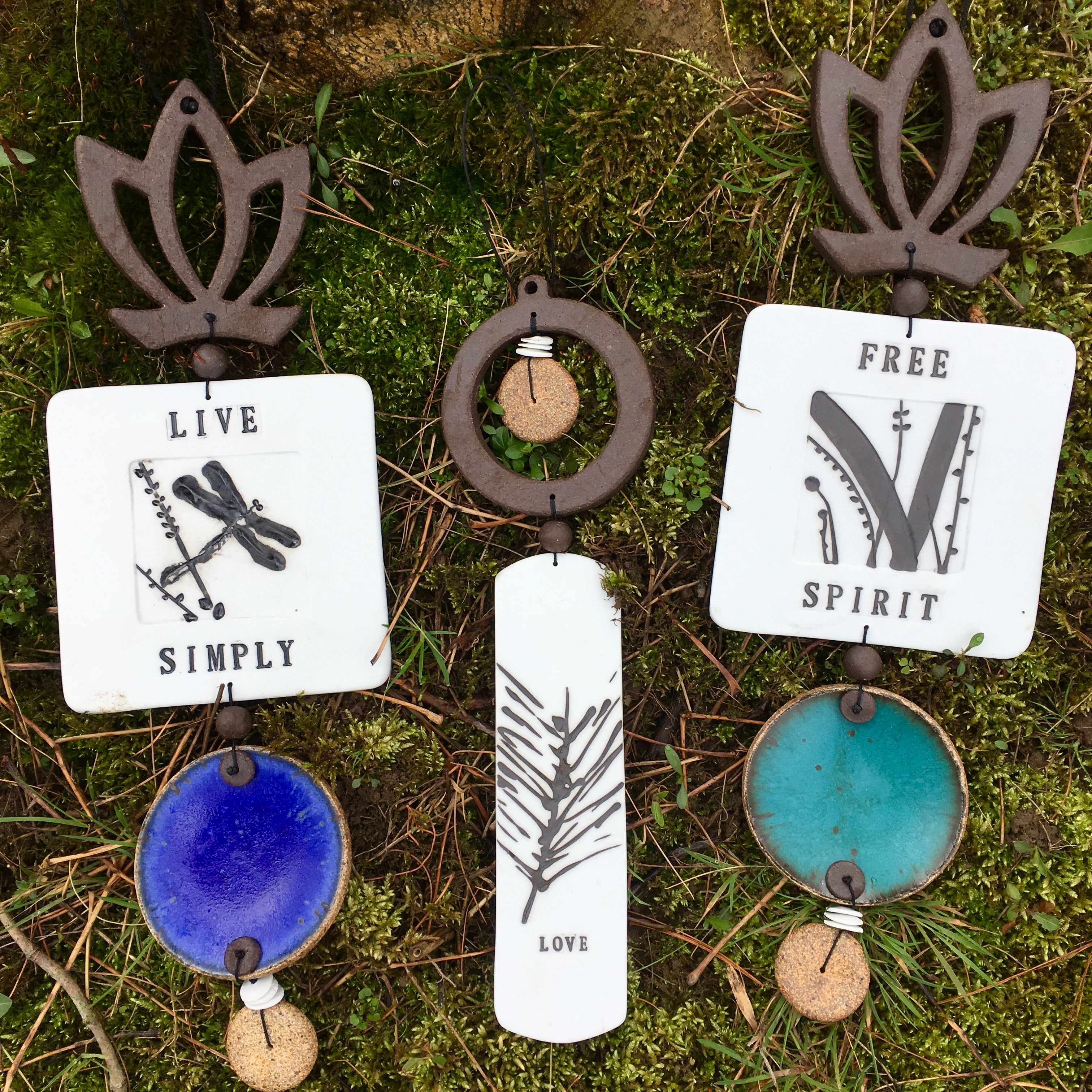
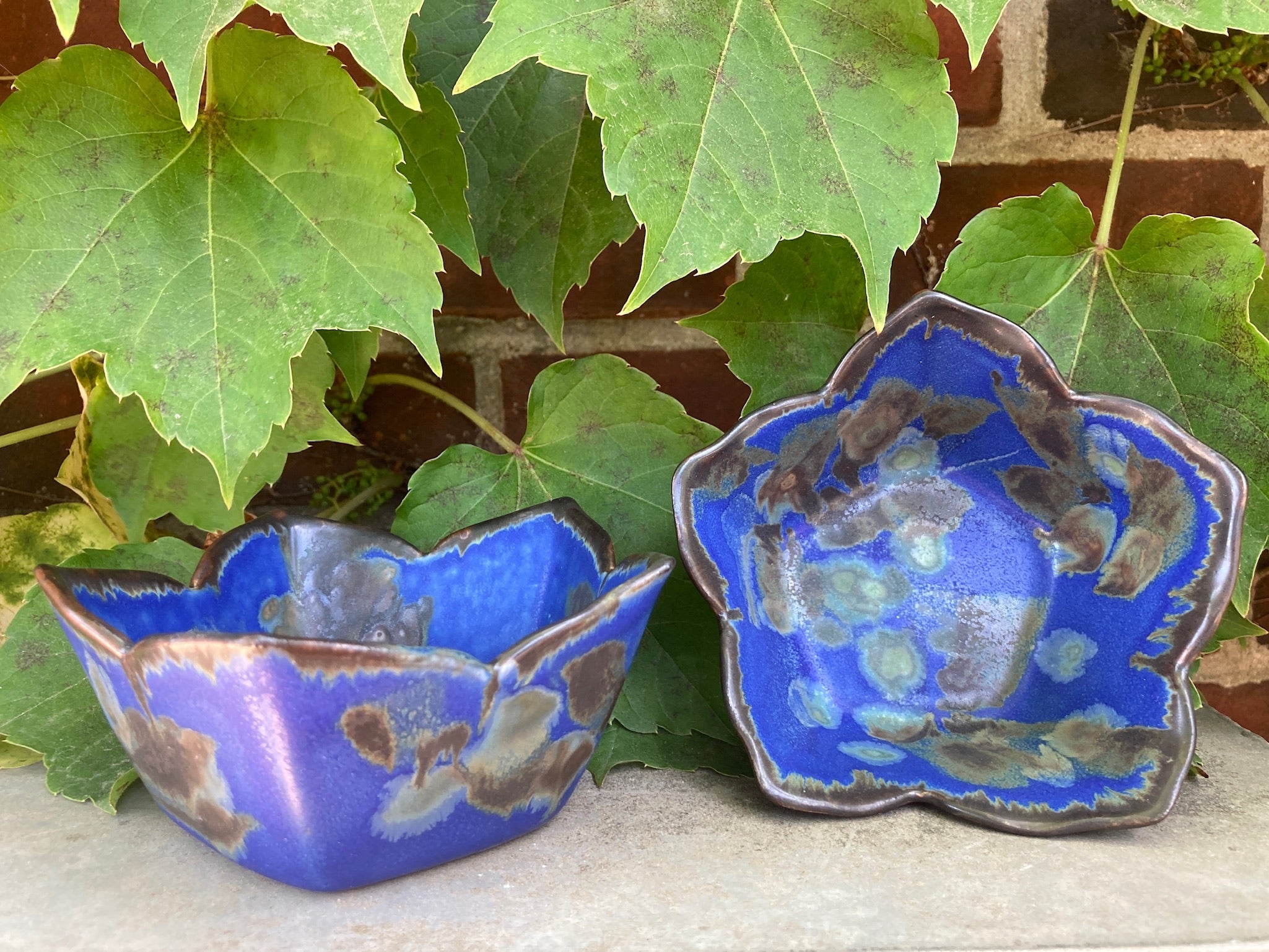



Leave a comment